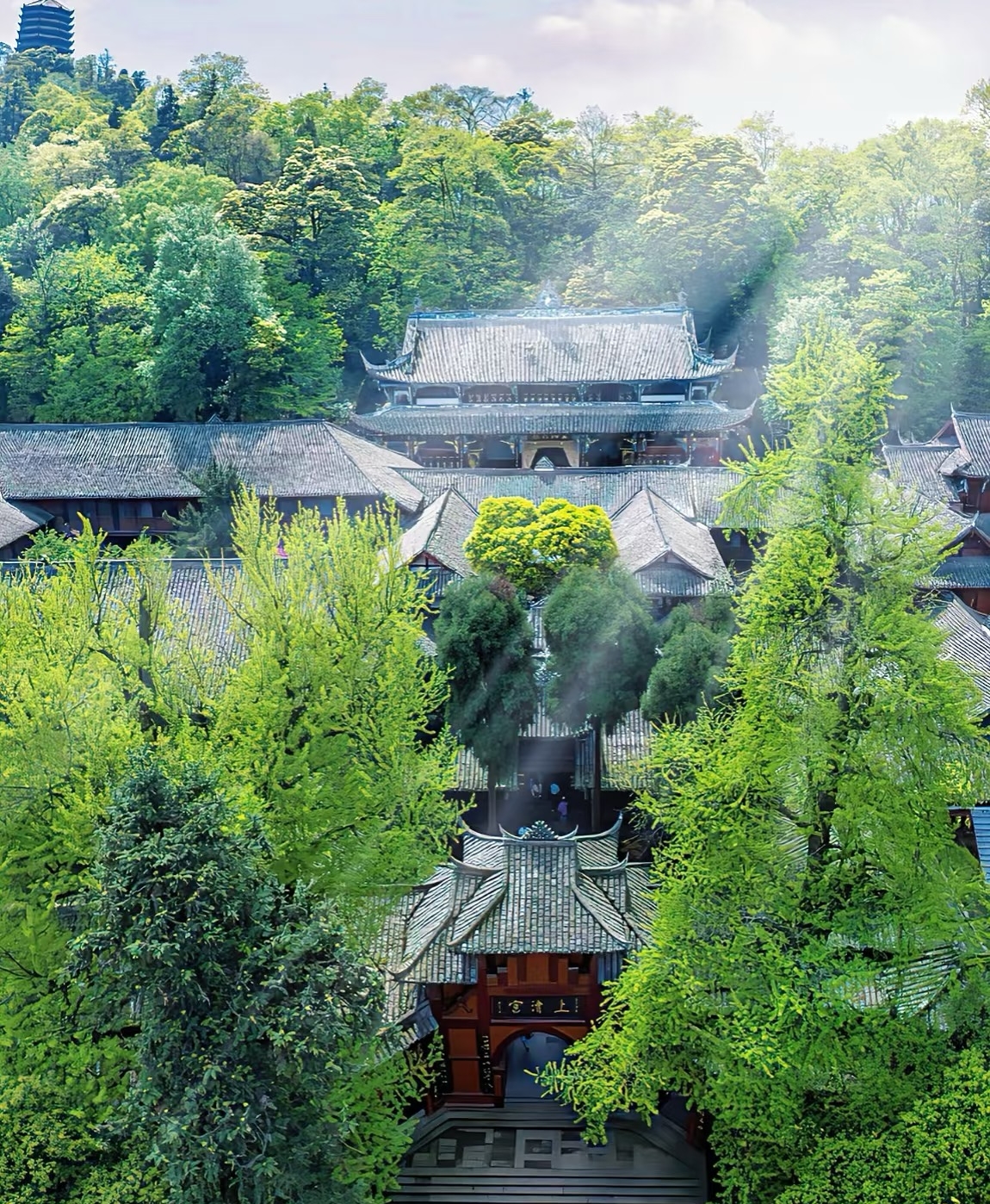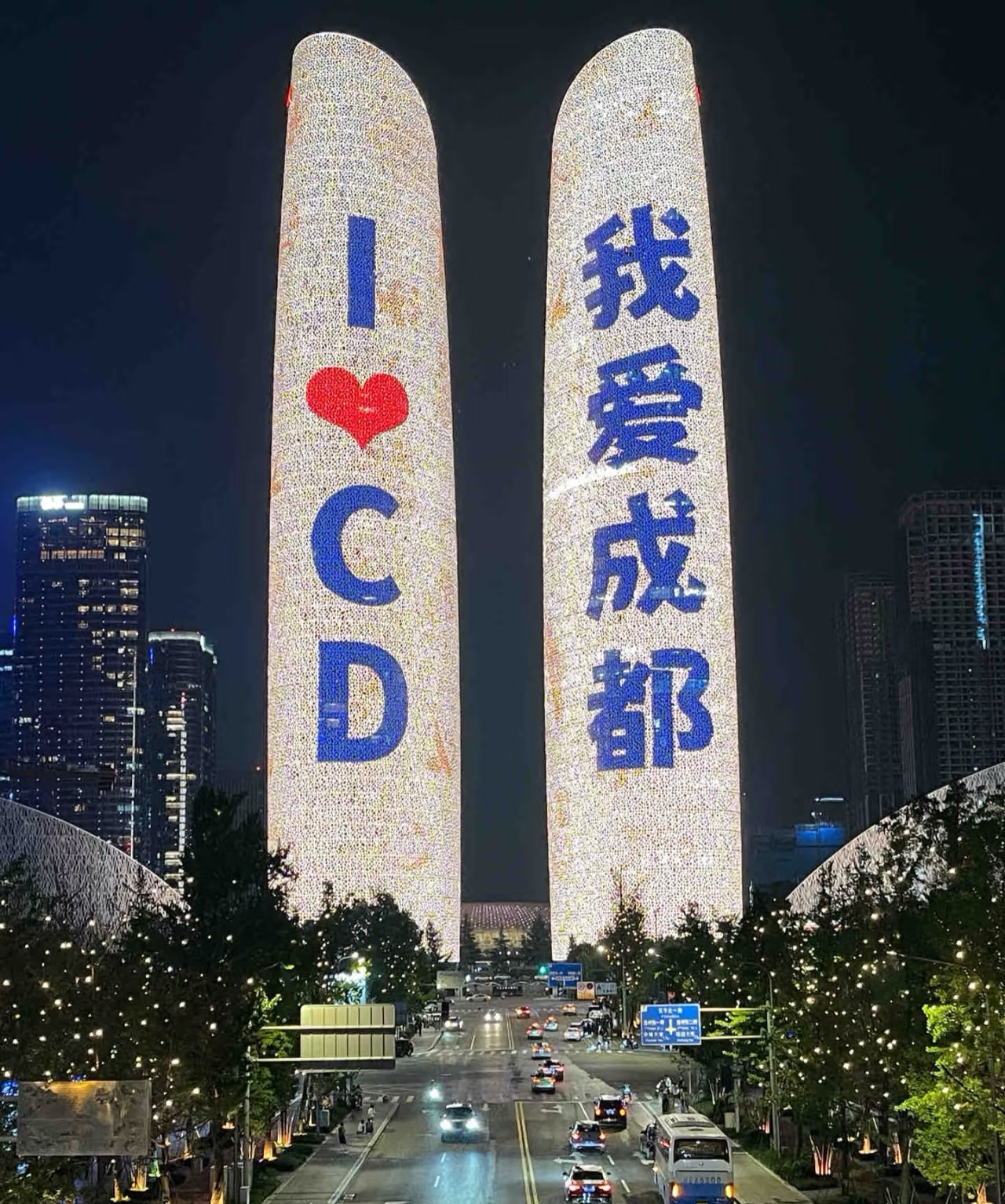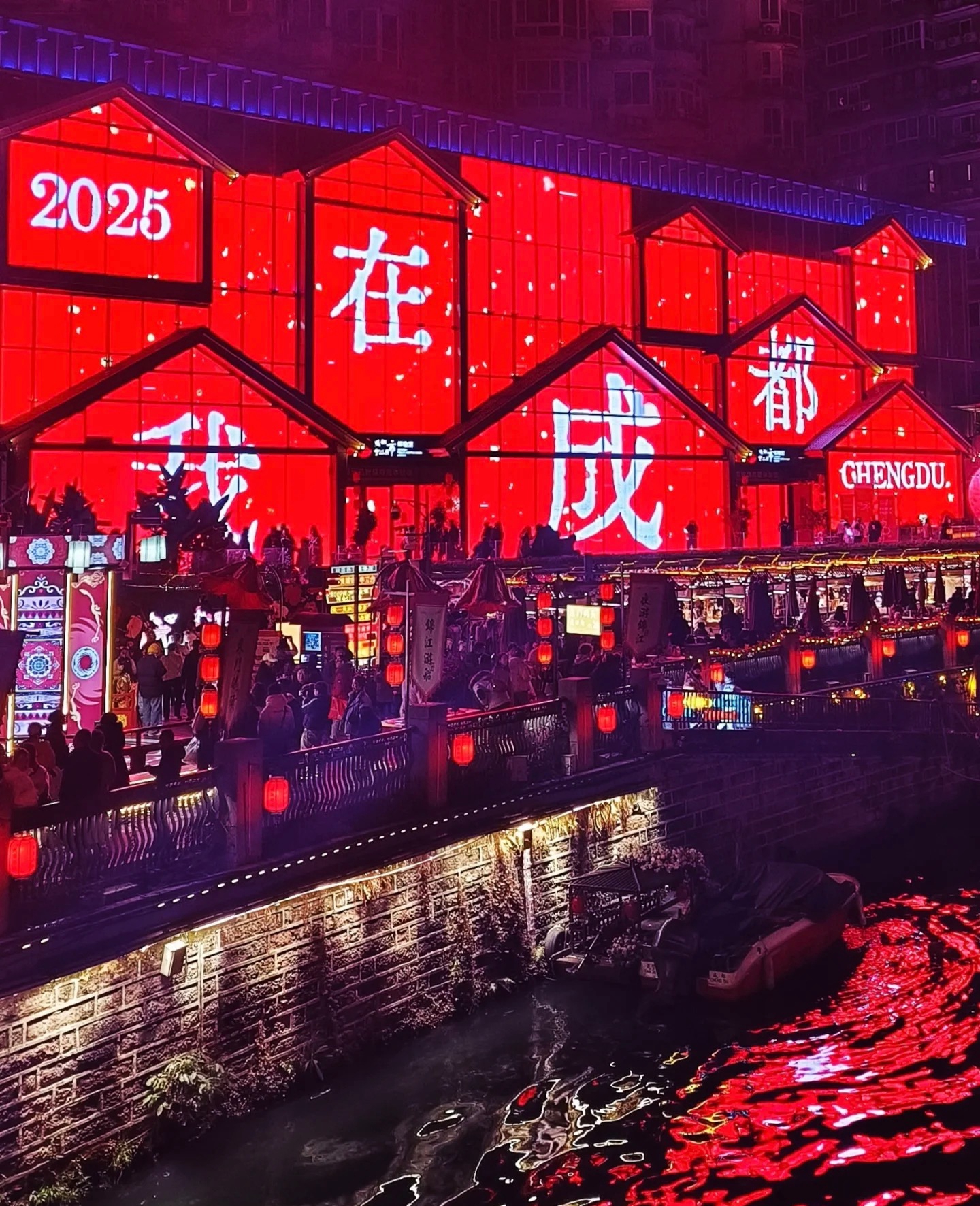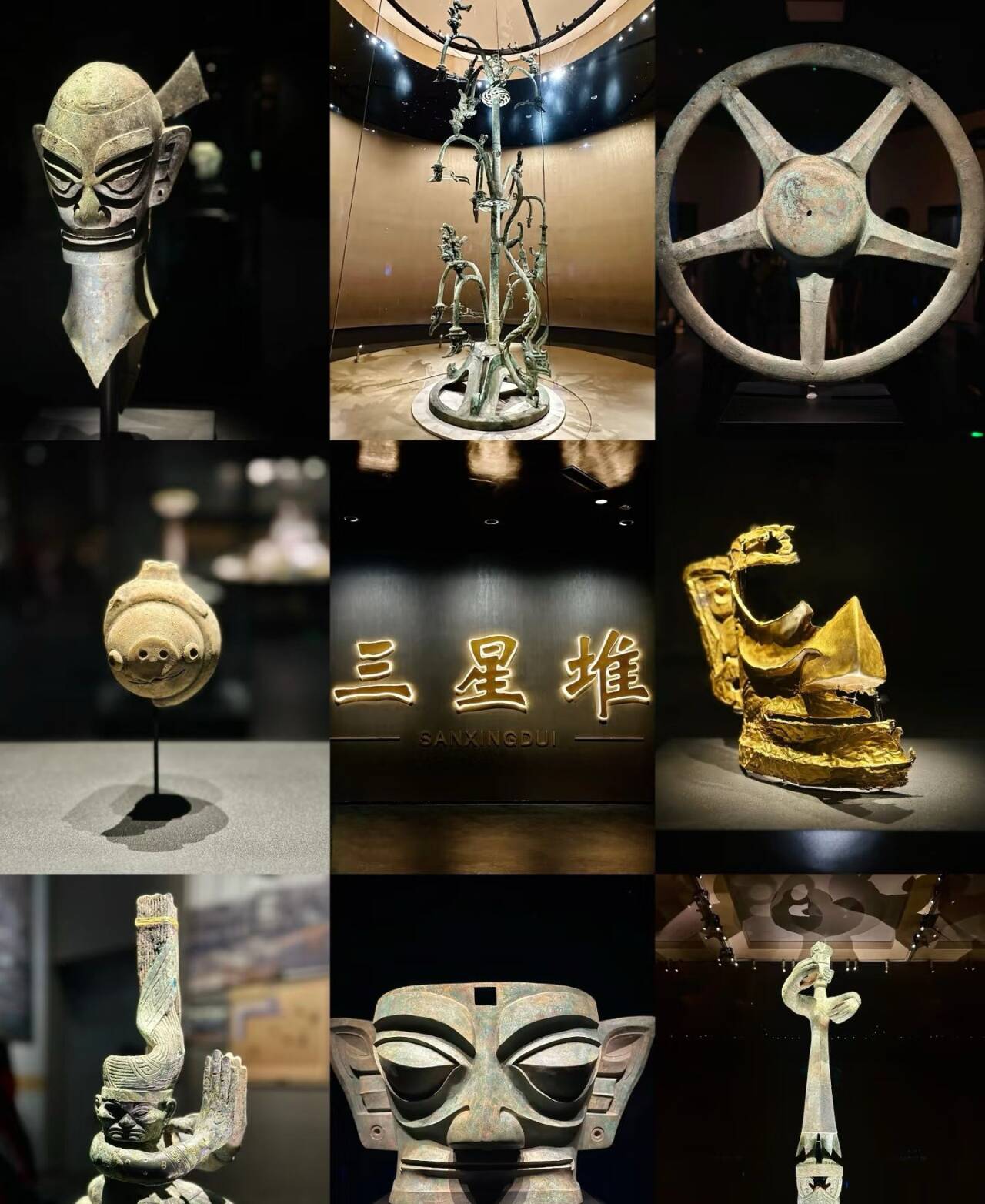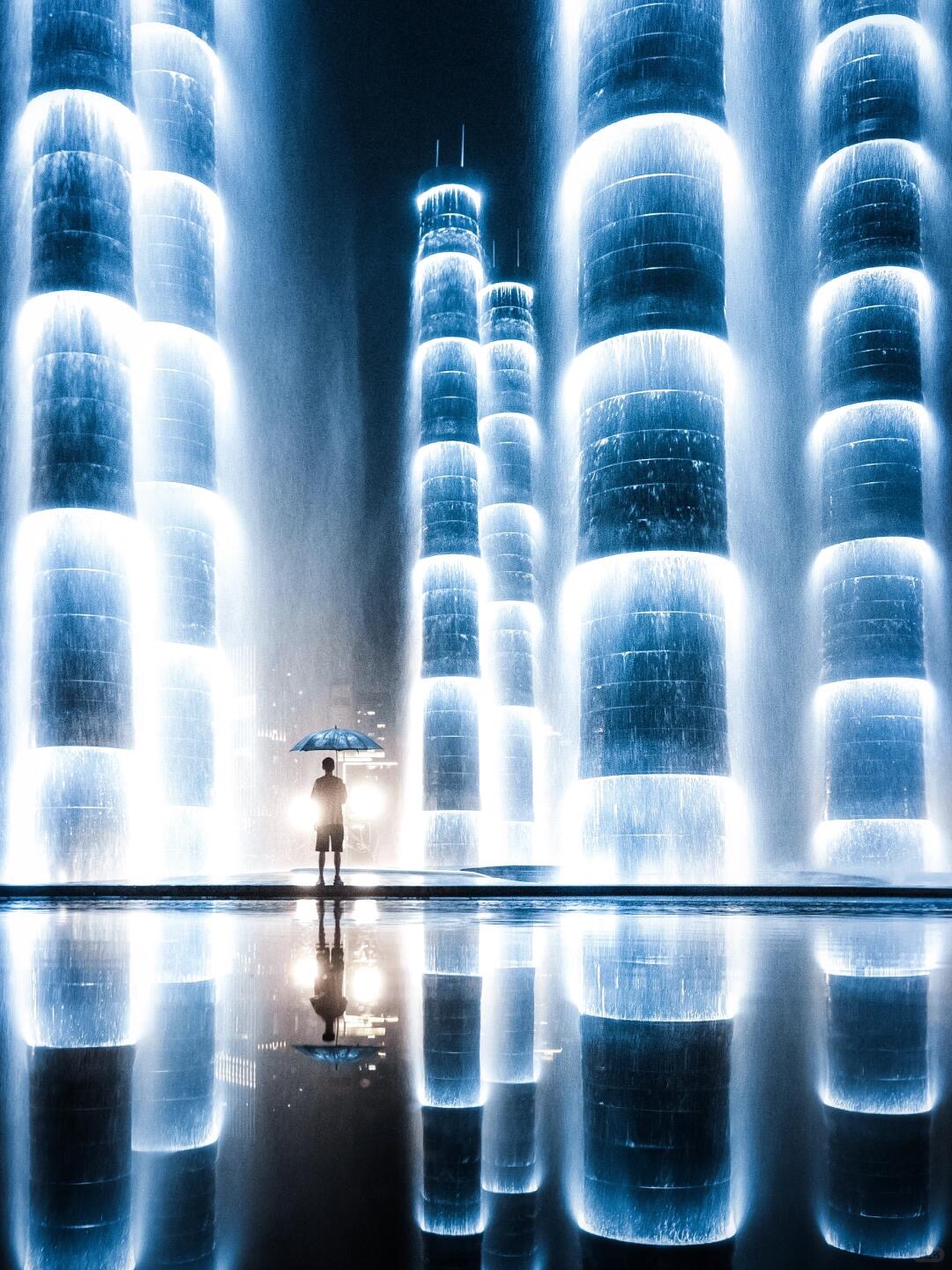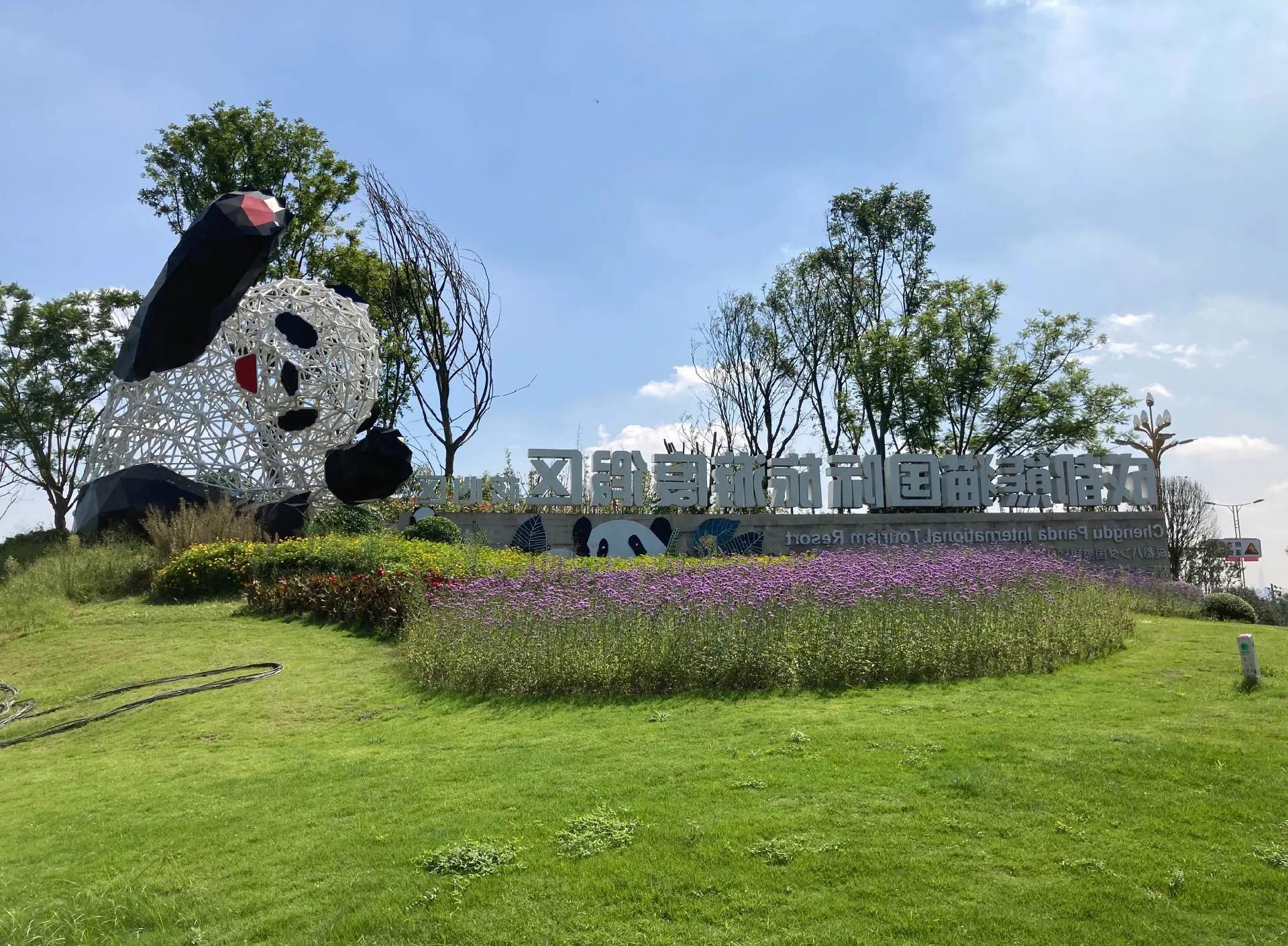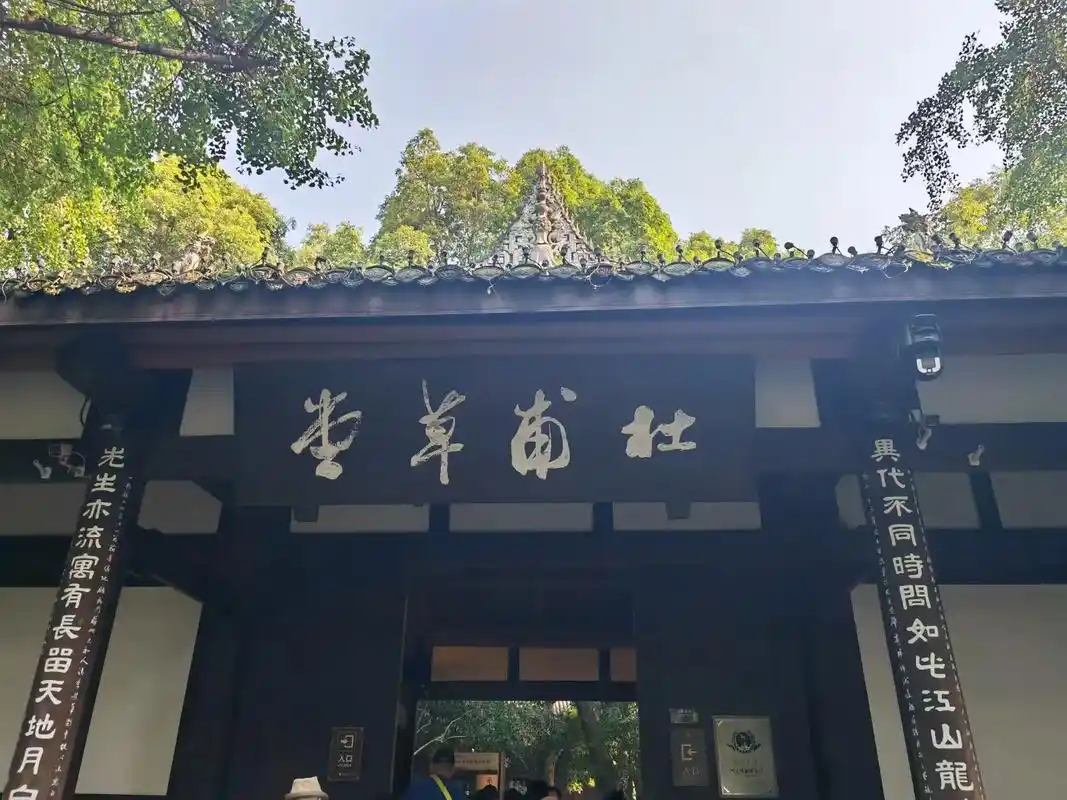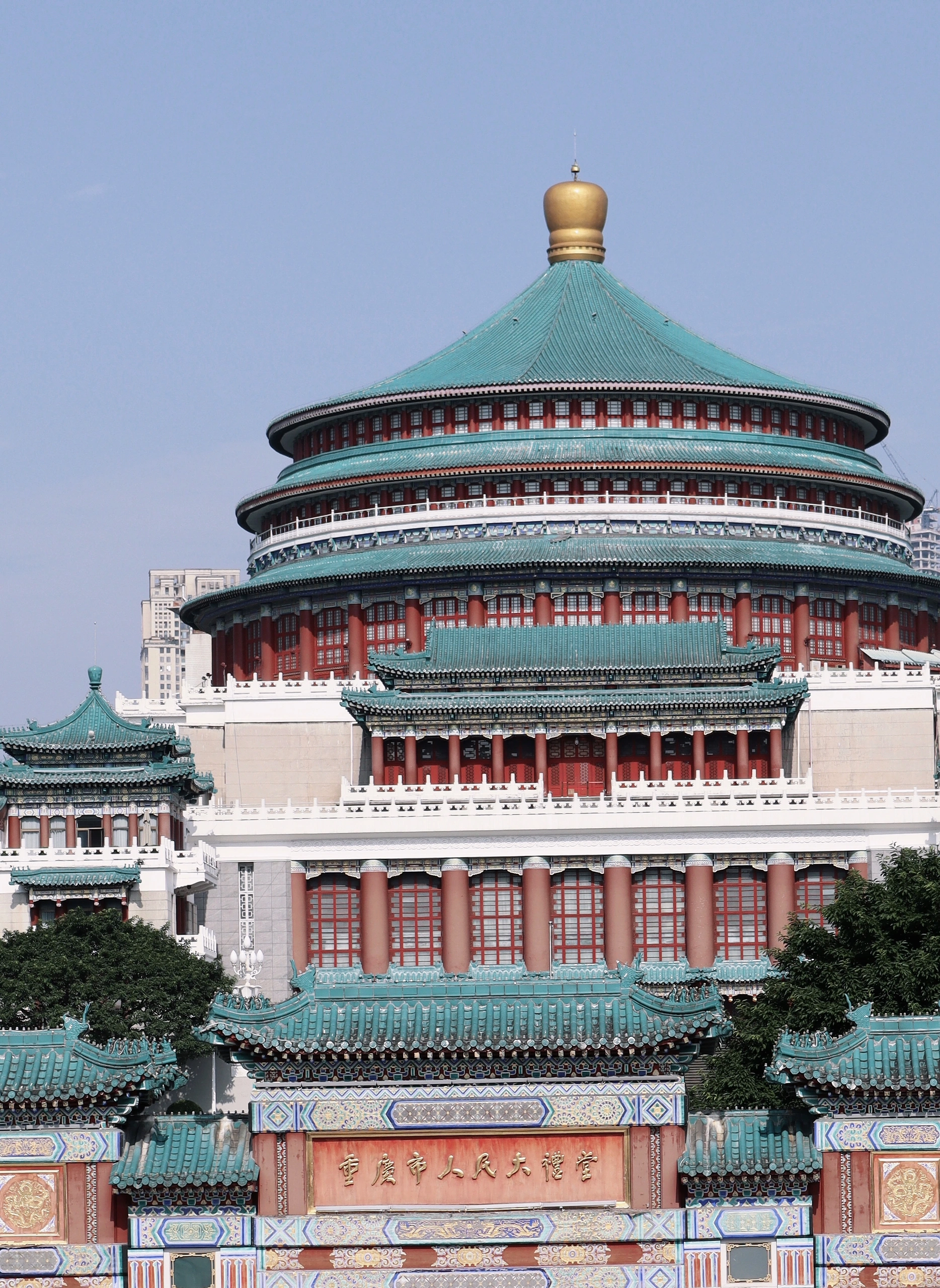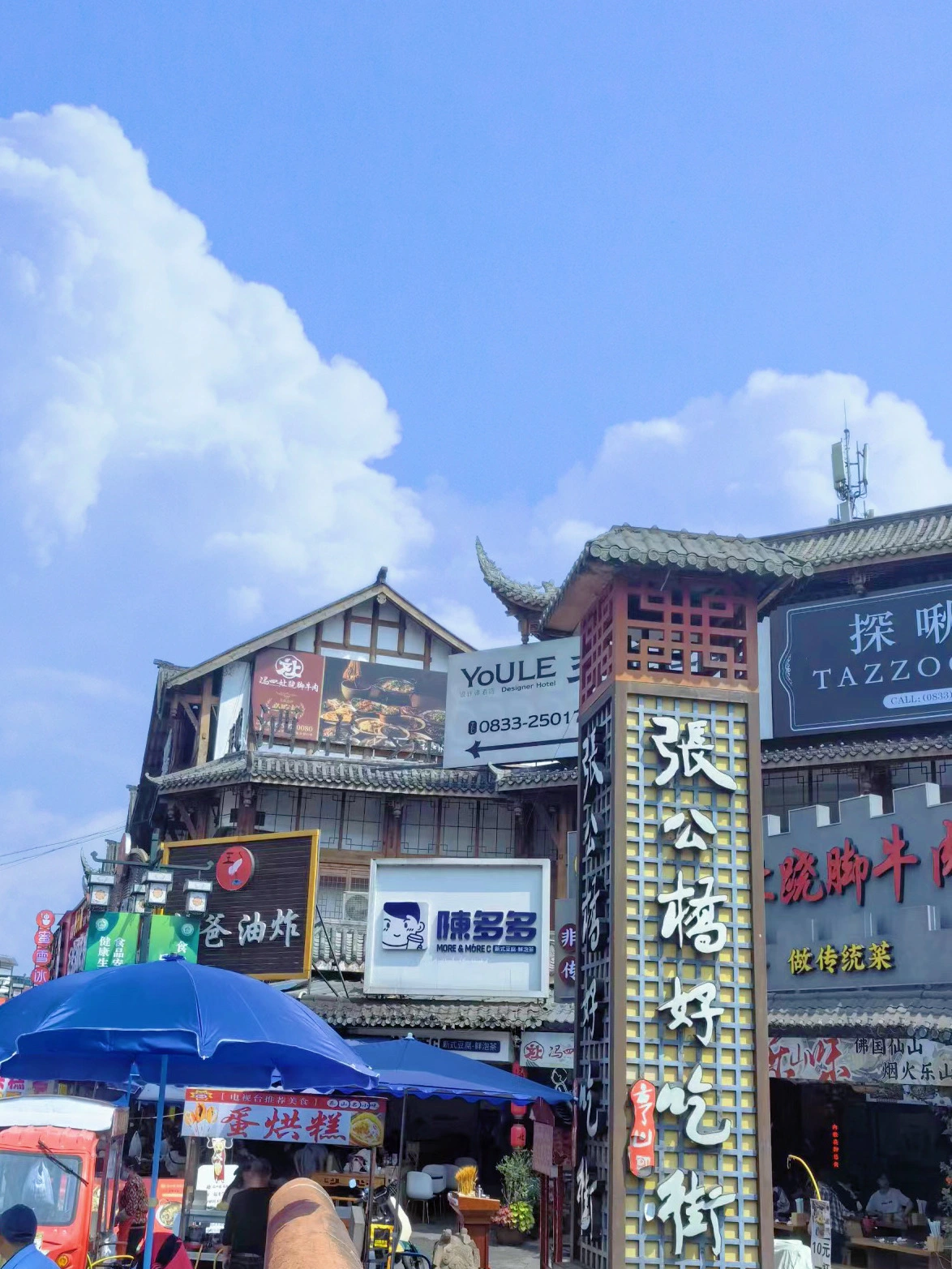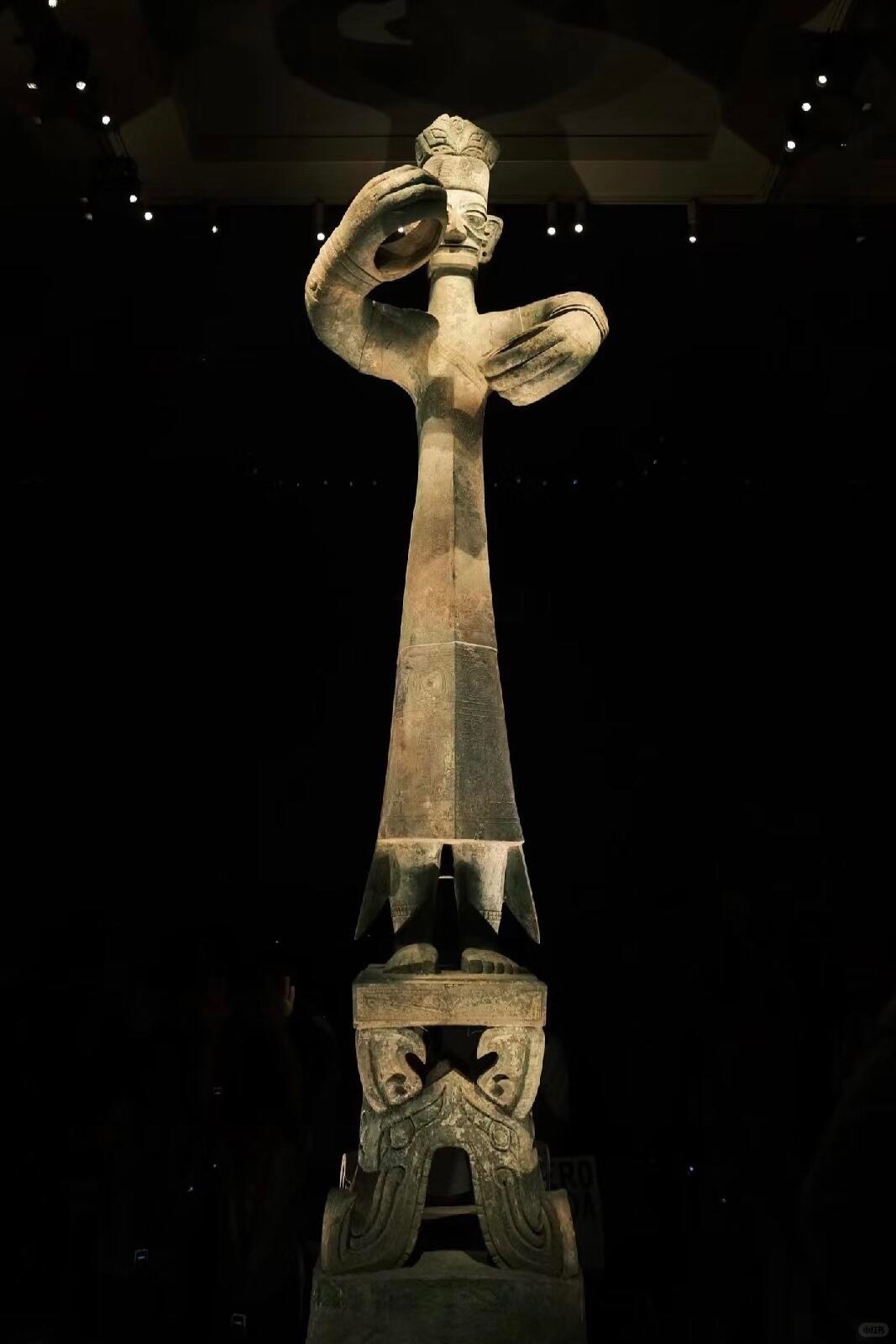

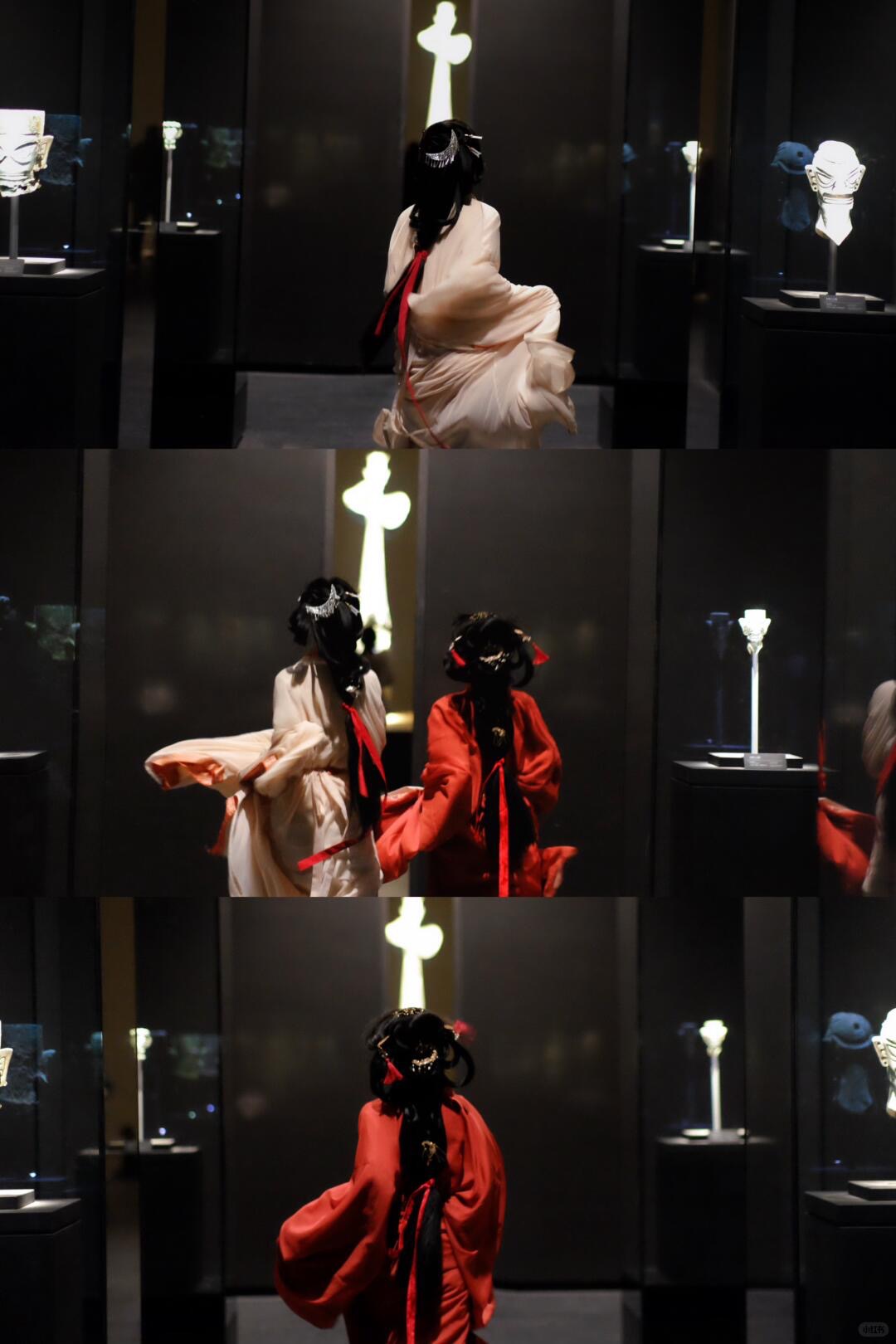
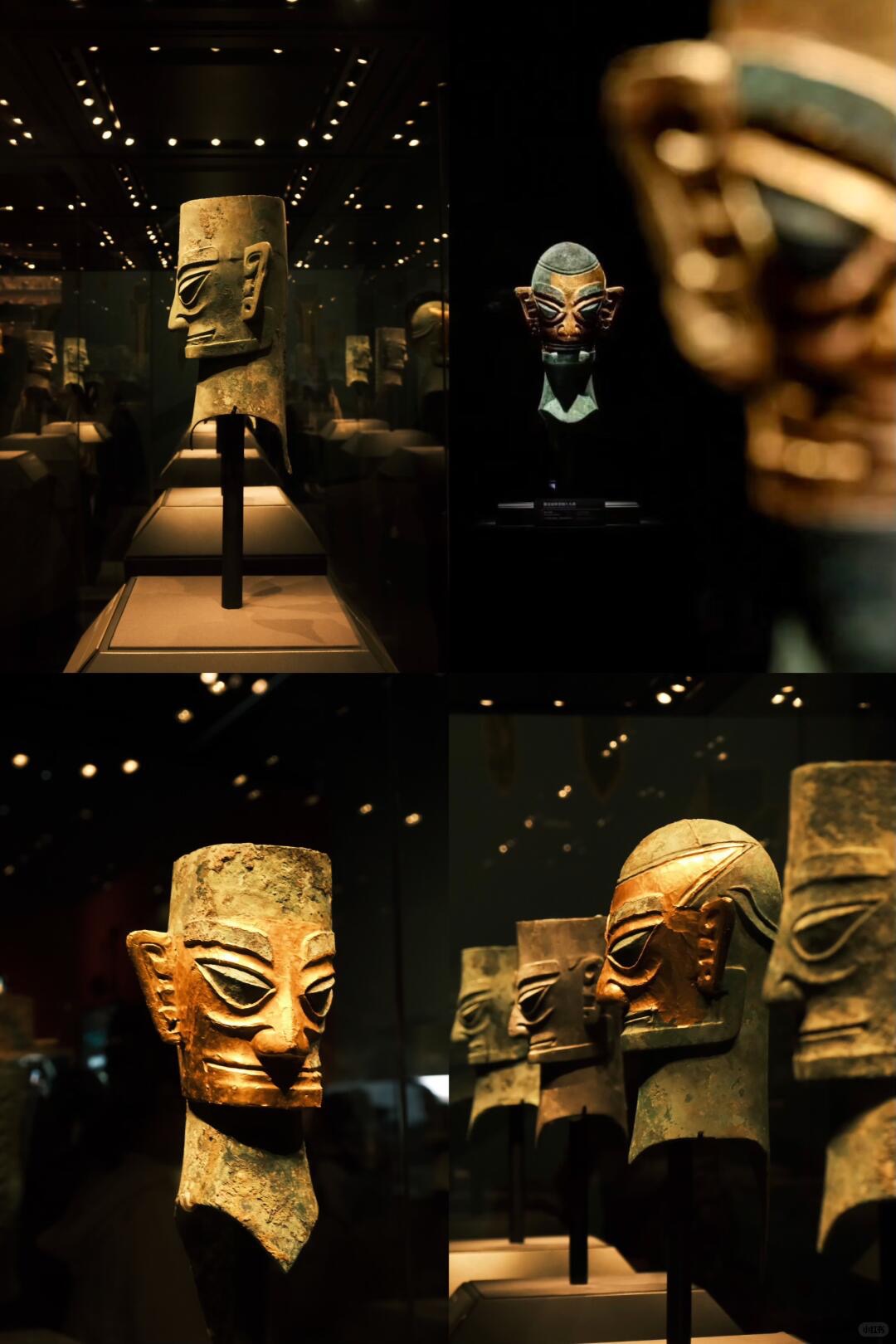
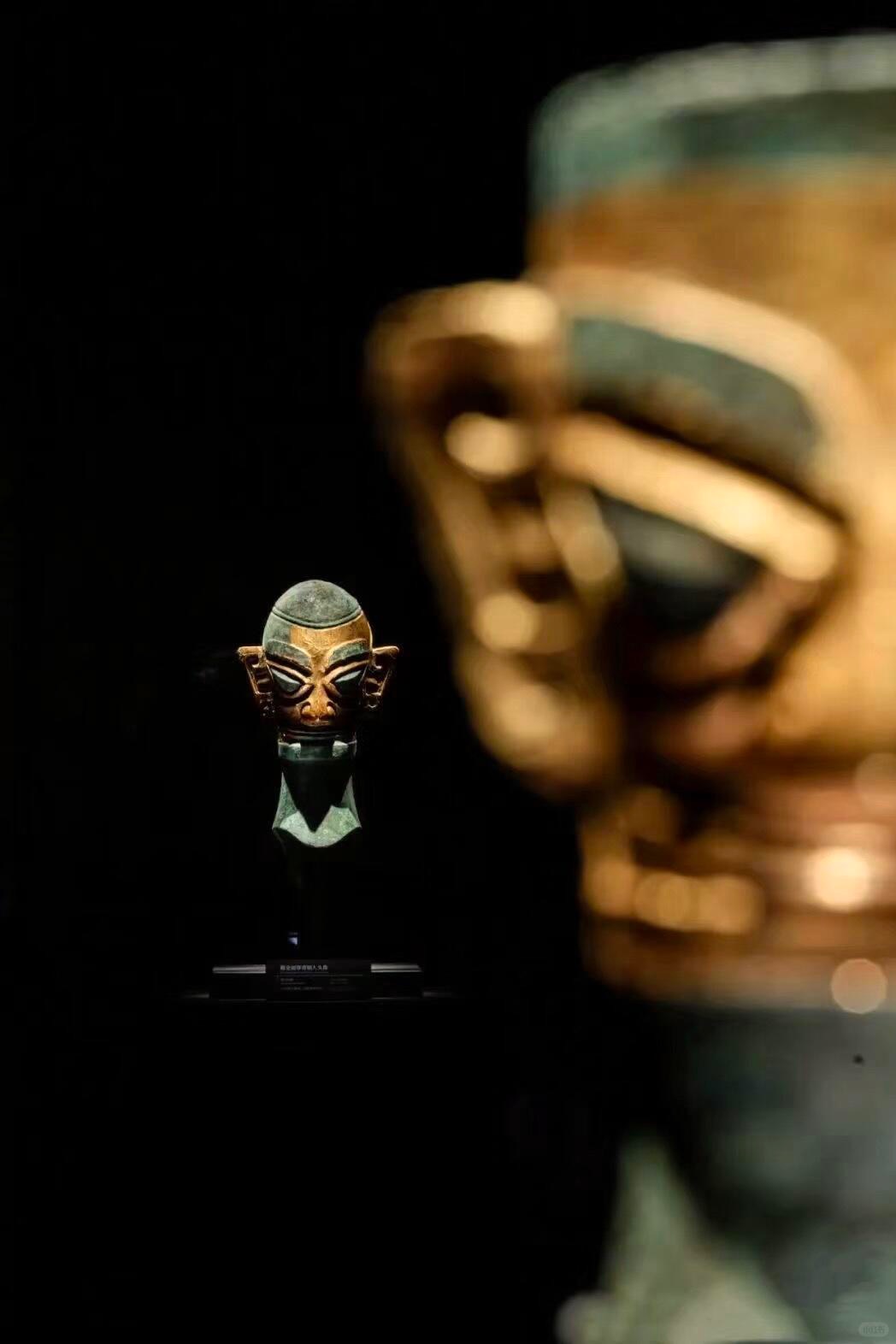
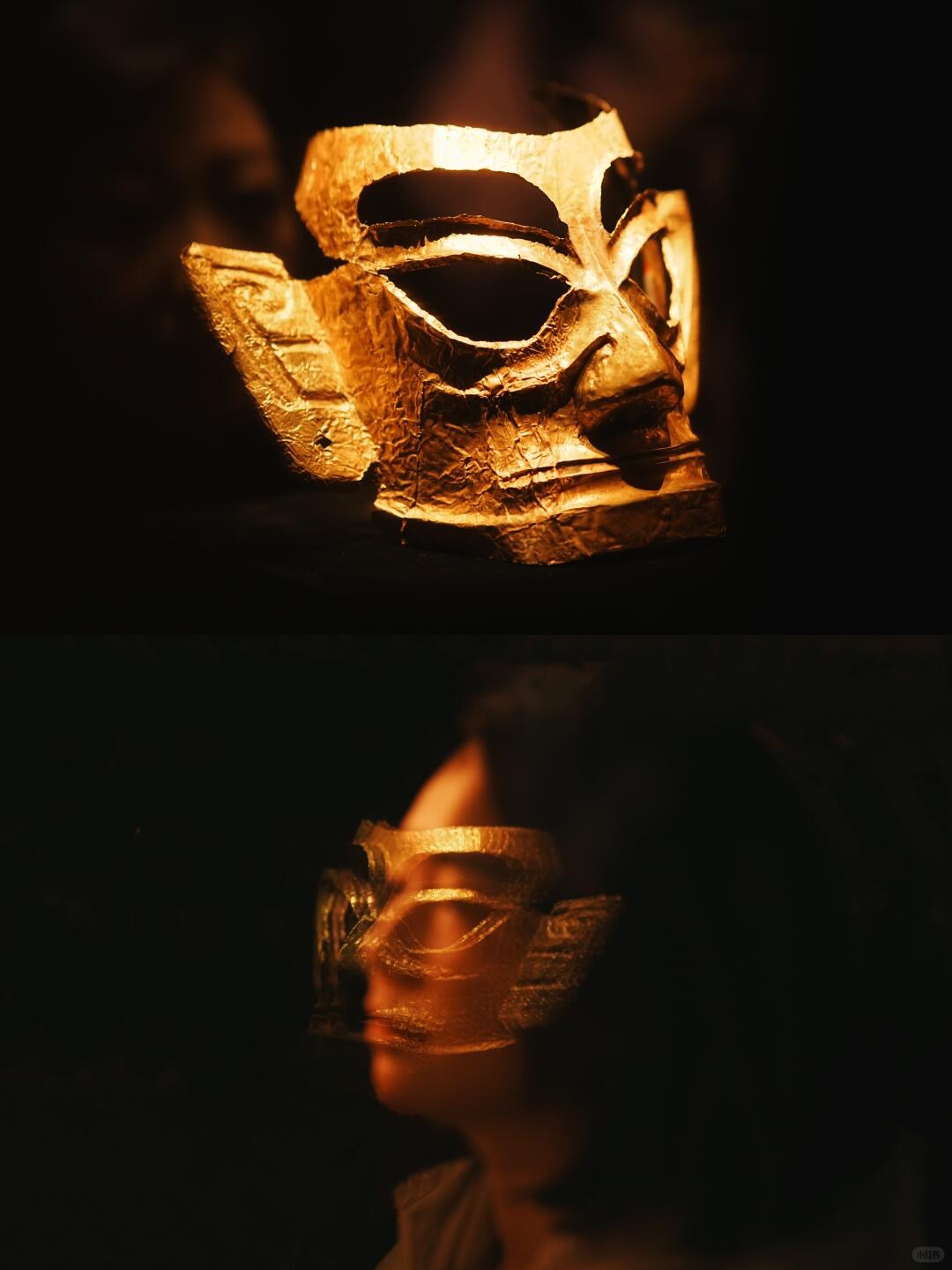
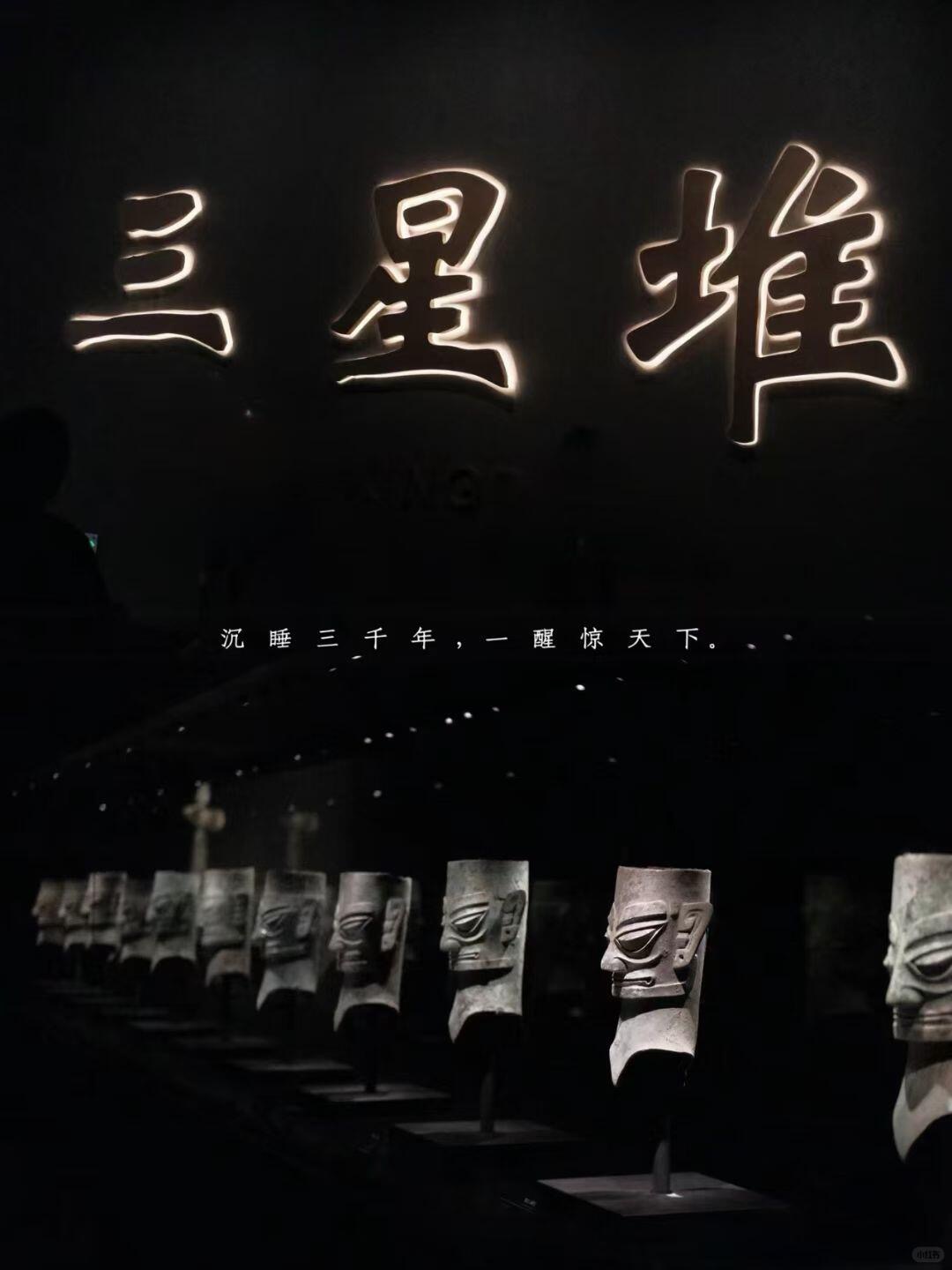
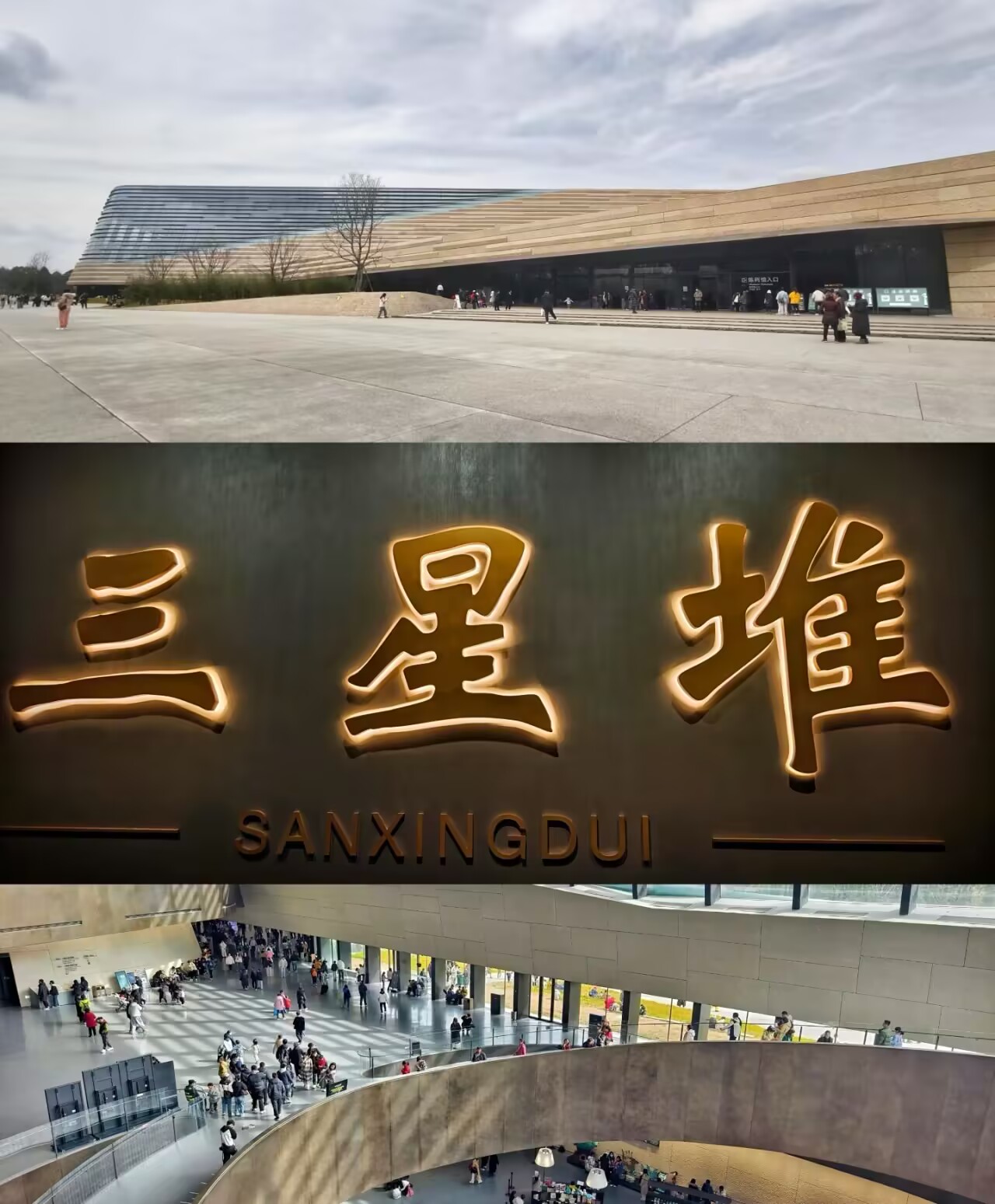
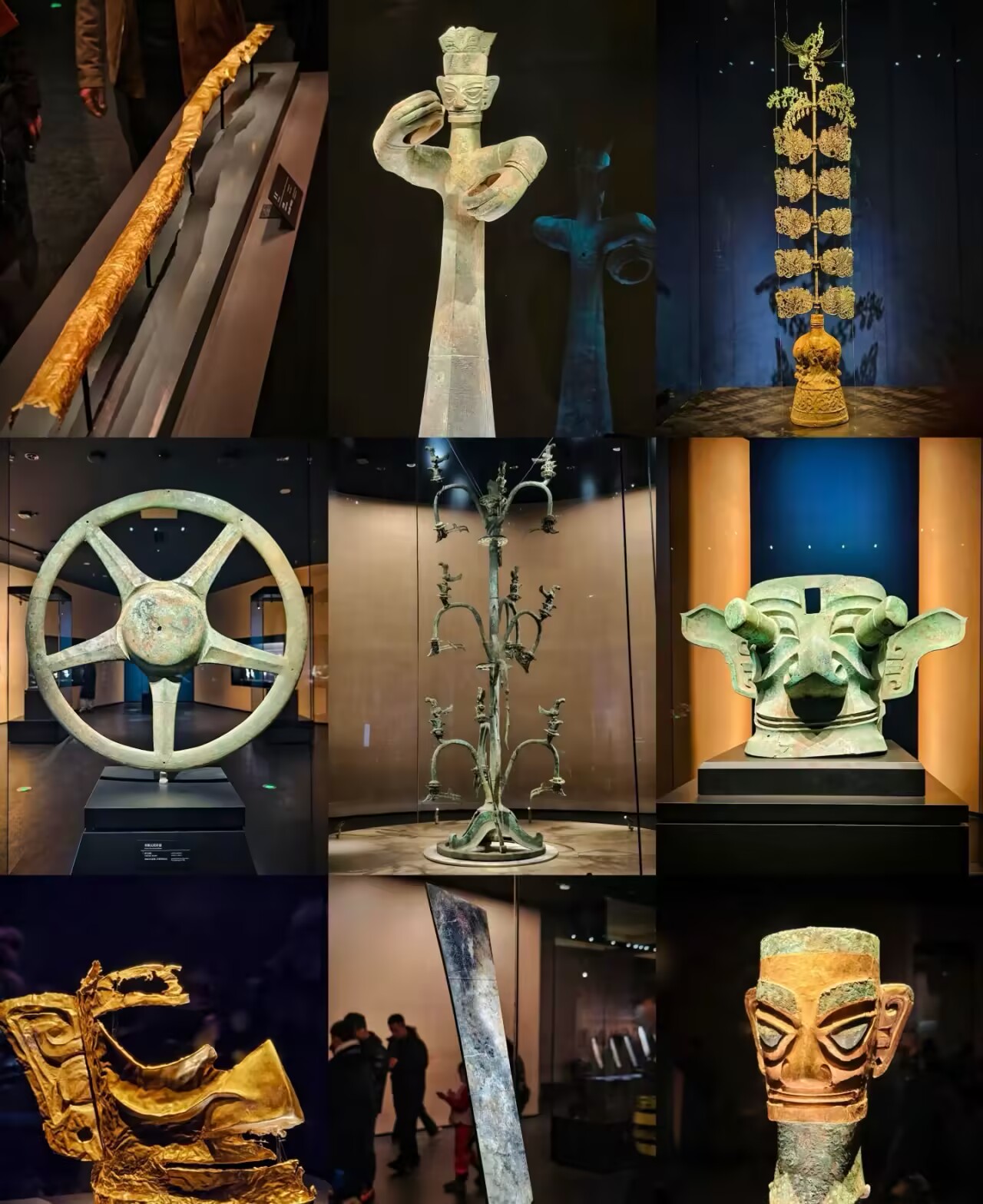
Sanxingdui Museum
The Sanxingdui Museum is located by the Yazi River in the northwest of Guanghan City, Sichuan Province, China, with specific geographical coordinates at 30°59′ north latitude and 104°12′ east longitude. The museum displays a vast collection of precious artifacts unearthed from the Sanxingdui archaeological site, including bronze ware, gold artifacts, jade objects, and ivory carvings, dating back 3,000 to 5,000 years. These artifacts serve as significant evidence of the ancient Shu civilization. The Sanxingdui culture has attracted global attention from archaeologists and tourists due to its unique artistic style and mysterious historical background. The museum consists of two main exhibition halls: the Comprehensive Hall and the Bronze Hall, which showcase different categories of artifacts and archaeological discoveries.
Information
Ticket price
Time
Location
133 Xiangxin Rd, Guanghan, Deyang, Sichuan, China
View maps
More about the trip
Sanxingdui Museum: Unveiling a Lost Civilization
The Sanxingdui Museum is located by the Yazi River in the northwest of Guanghan City, Sichuan Province, China. The museum displays a vast collection of precious artifacts unearthed from the Sanxingdui archaeological site, including bronze ware, gold artifacts, jade objects, and ivory carvings, dating back 3,000 to 5,000 years. These artifacts serve as significant evidence of the ancient Shu civilization. The Sanxingdui culture has attracted global attention from archaeologists and tourists due to its unique artistic style and mysterious historical background. The museum consists of two main exhibition halls: the Comprehensive Hall and the Bronze Hall, which showcase different categories of artifacts and archaeological discoveries.
What to See and Do
Bronze Hall: Marvel at the extraordinary bronze artifacts, which are the most striking features of the Sanxingdui culture. Highlights include the massive bronze standing figure, the bronze sacred tree, and various bronze masks with exaggerated features, unlike anything found in other Chinese archaeological sites.
Comprehensive Hall: This hall displays a wide range of artifacts, including gold masks, jade objects, ivory carvings, and pottery, providing a broader understanding of the daily life, rituals, and artistic expressions of the ancient Shu people.
Mysterious Culture: Learn about the enigmatic Sanxingdui civilization, which flourished independently of the Yellow River civilization and left behind a unique artistic and cultural legacy that continues to puzzle archaeologists.
Archaeological Discoveries: Understand the story of the discovery of the Sanxingdui site and the ongoing archaeological research that continues to uncover its secrets.
Educational Displays: The museum uses modern exhibition techniques, including multimedia displays and reconstructions, to bring the ancient civilization to life.
Best Time to Visit
The museum is an indoor attraction, making it suitable for visiting year-round. Weekdays are generally less crowded than weekends and public holidays. Arrive early to make the most of your visit.
How to Get There
Sanxingdui Museum is located in Guanghan City, about 40 kilometers north of Chengdu. You can take a high-speed train from Chengdu East Railway Station to Guanghan North Station (广汉北站), and then a taxi or local bus to the museum. Many tour operators in Chengdu offer organized day trips to Sanxingdui.
Travel Tips
Allow ample time: Plan for at least 2-3 hours to fully explore the two main exhibition halls.
Wear comfortable shoes: You'll be doing a fair amount of walking.
Hire a guide or use an audio guide: The artifacts and their cultural context are complex, and a guide can greatly enhance your understanding.
Photography: Photography is generally allowed, but check for any specific restrictions.

